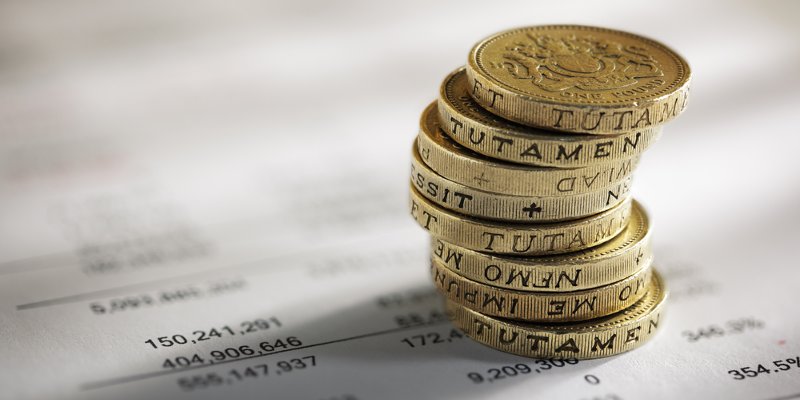Landlords with three or more properties were more likely to report an increase in their 2017-18 tax bill than those with smaller portfolios, with an average annual increase in tax of £3,039 for those reporting a rise.

Nearly six out of10landlords (58%) saw an increase in their 2017-18 tax bill, Paragon’sPRS Trends Report for Q1 2019has found.
Landlords with three or more properties were more likely to report an increase in their 2017-18 tax bill than those with smaller portfolios, with an average annual increase in tax of £3,039 for those reporting a rise.
While over 60% of landlords confirmed that the change in their 2017-18 tax bill was as expected, one third (33%) said it was either a little or a lot more than expected.
John Heron, director of mortgages at Paragon said:“These figures provide early insight into how the tax changes impacted landlords in the first year of implementation.
“The January tax deadline was the first real data point for measuring change and it’s clear that landlords are continuing to adapt their approach as the transition progresses.
“The fact that almost one quarter of landlords intend to respond by selling property is bad news for tenants, impacting supply to the sector, driving rental inflation and ultimately making it more difficult for those that rely on the UK’s Private Rented Sector for a home.”
Almost half of landlords (49%) who reported a higher than expected increase said they would make changes to their portfolio as a result, with the most popular measures including selling property (24%), increasing rent (20%) and reducing borrowing (19%).
Mortgage interest tax relief for buy-to-let landlords is being phased out over a four-year period and replaced with a basic rate tax credit.
In the 2017-18 tax year, landlords could deduct 75% of mortgage interest costs from rent. This was reduced to 50% in 2018-19. It will fall to 25% in 2019-20 and then to zero.



